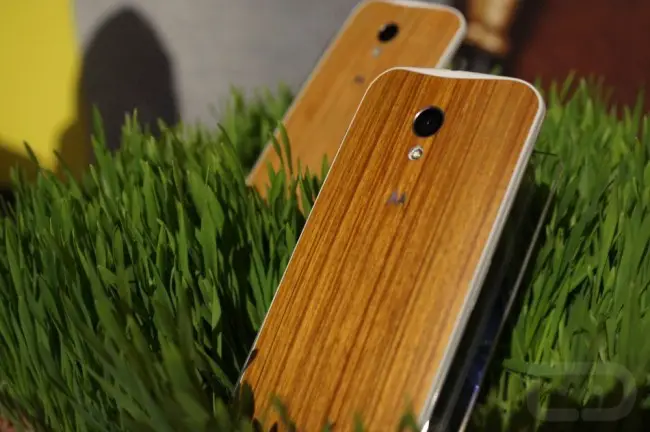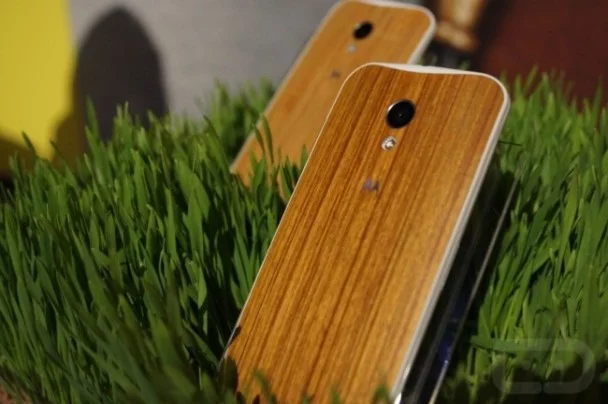The Moto X is official, five carriers, cosmetic customization, and Android 4.2
We’ve know about the Moto X for quite some time now, so today’s announcement wasn’t all that much of a surprise in most ways. Still, the frequently rumored and leaked Moto X is finally official, so let’s take a look at the first Motorola device built what could be considered to Google’s specifications.
As far as the specifications go, the rumors that we already covered were pretty much spot on. The Moto X includes a 4.7-inch HD 720p display driven by an Adreno 32o GPU, and a 1.7GHz Snapdragon S4 Pro dual-core processor using the same Moto X8 setup as the DROID Ultra line. Cameras include a 10MP rear and 2MP front sensor, while RAM is measured at 2GB. The device comes in 16GB and 32GB storage variants, and includes Bluetooth 4.0, WiFi b/g/n, NFC, and wireless Qi charging. A 2,200mAh battery powers the show, but Motorola claims around 24 hours of battery life thanks to the X8 system and other optimizations. Sadly, there is no microSD card slot, though that much we already expected.
On the software side, the Moto X is running Android 4.2.2, not quite the latest version of Android from Google. It is essentially without a skin, but does include some of Motorola and/or Google’s new software features first seen with the DROID Ultra line such as always on Google Now, quick access to the camera, and active display. In a sense, it is what Android’s flexibility should allow: stock with only the truly useful improvements from Motorola.
At launch, five carriers will carry the Moto X in the US: Verizon, AT&T, T-Mobile, Sprint, and US Cellular. Not all carriers have reported pricing, but AT&T and Sprint have the on contract prices starting at $199 for the 16GB model and $249 for the 32GB, which is unlikely to be undercut by any of the other carriers. Interestingly, there is no exact availability date, though the device is said to be available “starting in late August/early September,” not today like we initially thought. Google Play and Motorola will also carry an unlocked version with an unlocked bootloader, but no price or launch date has been announced.
Things get interesting when you get to the customization aspect of the device. At launch, only the AT&T version will support the “MotoMaker” customization service, though Verizon and other carriers (and potentially Google Play) will get the ability sometime in the future. In the meantime, the black and white version of the device will be available through all carriers.
Through the customization service, users can currently choose from 2 colors for the front cover, 16 for the back cover, 7 accent colors for the power key, volume key, and camera ring, and a number of wallpapers that will match the color options. Custom boot messages and engravings will also be available. The wood-like version seen above is an option for customization, though a number of the color combinations also look very nice.
What is probably the biggest letdown about the Moto X is the price, which is not the $299 unlocked that we had hoped for. Still, what we have from Motorola is a very solid smartphone that includes nearly stock Android, good looks, and a few new software features. The “wow” factor is somewhat lost because other Motorola devices include the software features as well, but that doesn’t mean they will be less impressive on the Moto X. And while some may dismiss the customizations as superficial, they don’t look bad and I don’t doubt that they will help get people talking about the phone.
Though it may not be exactly what the enthusiasts wanted, the Moto X appears to be a very solid consumer devices with a few pretty cool new ideas. Now we just have to see how well it sells.
[Motorola via Droid-Life]


